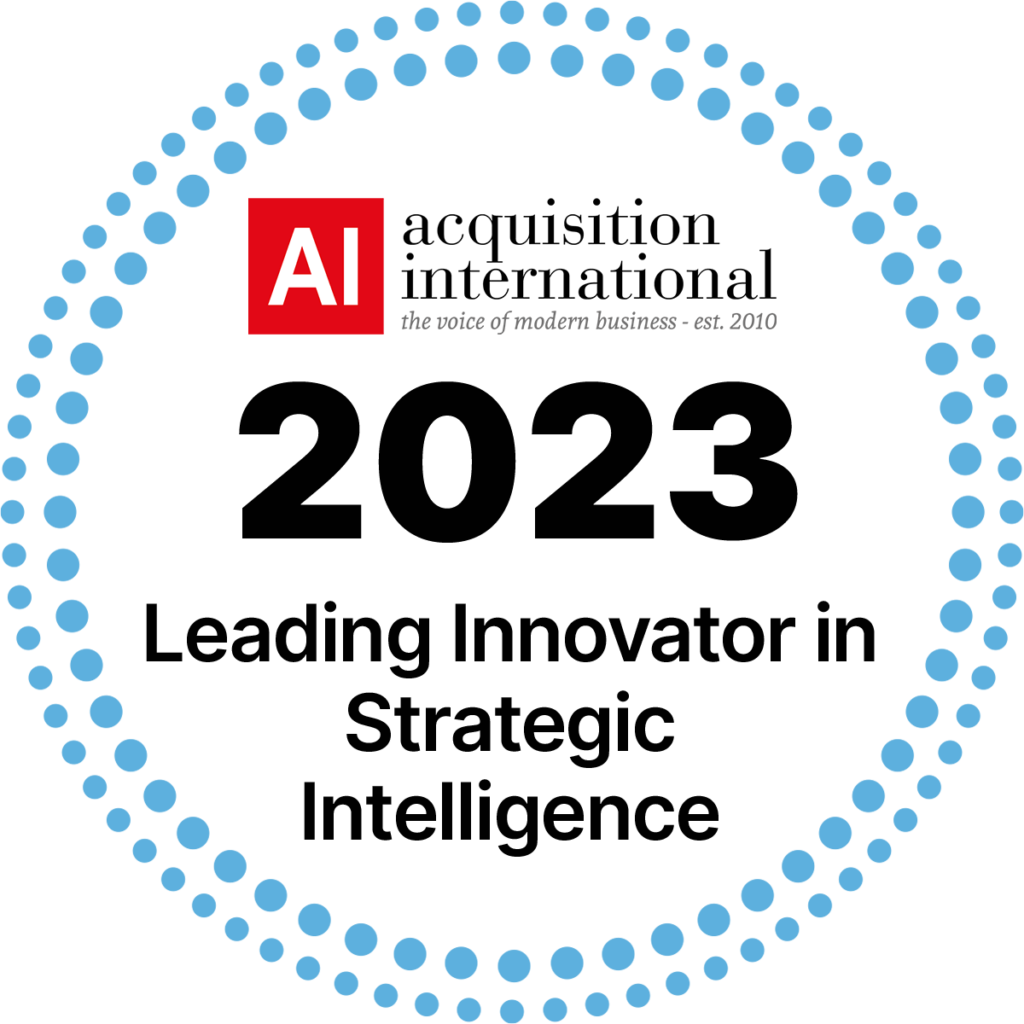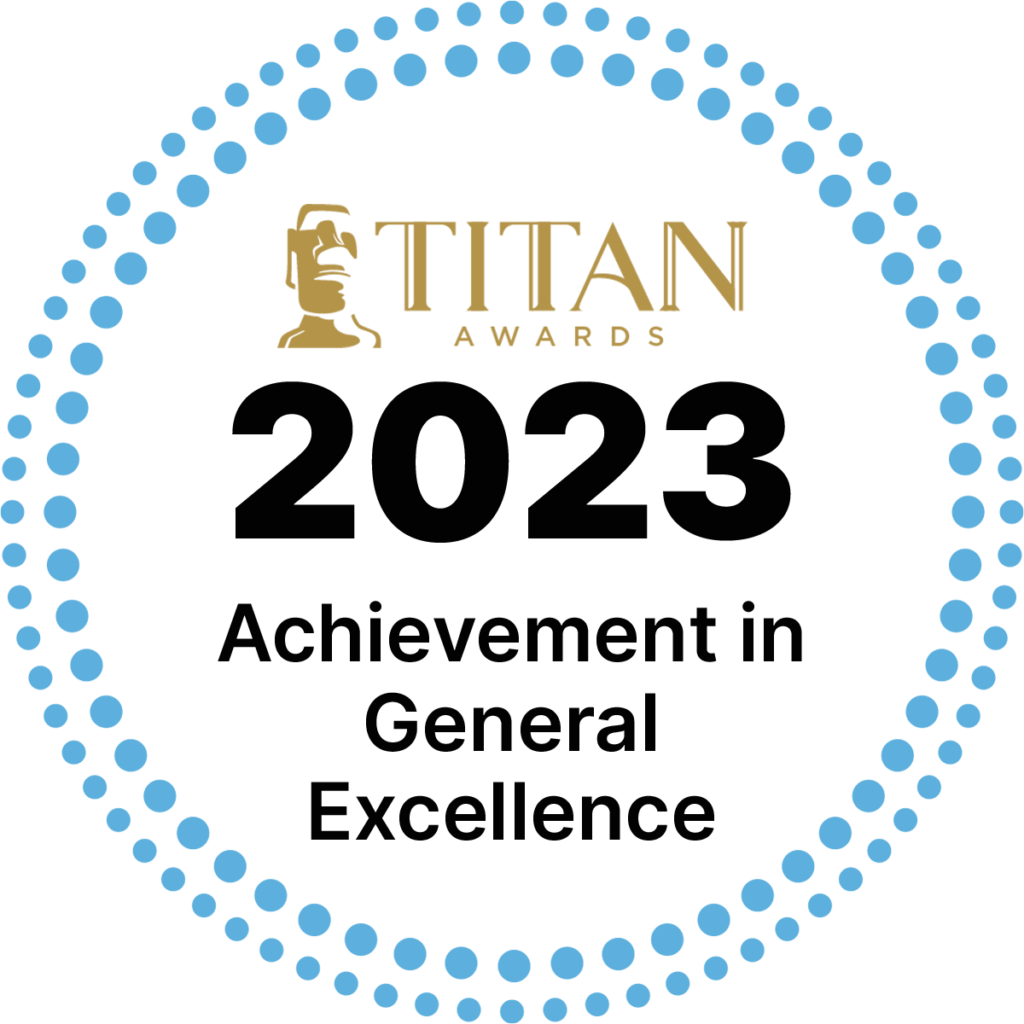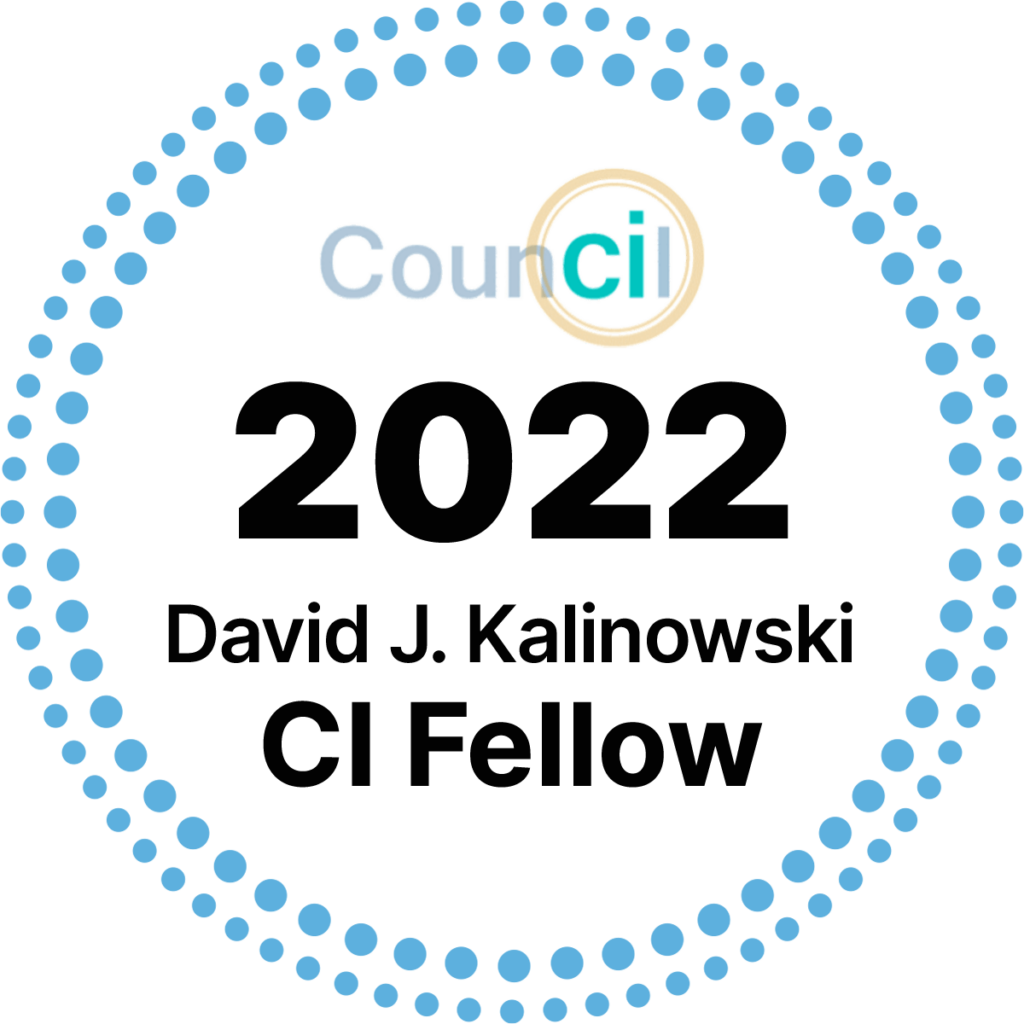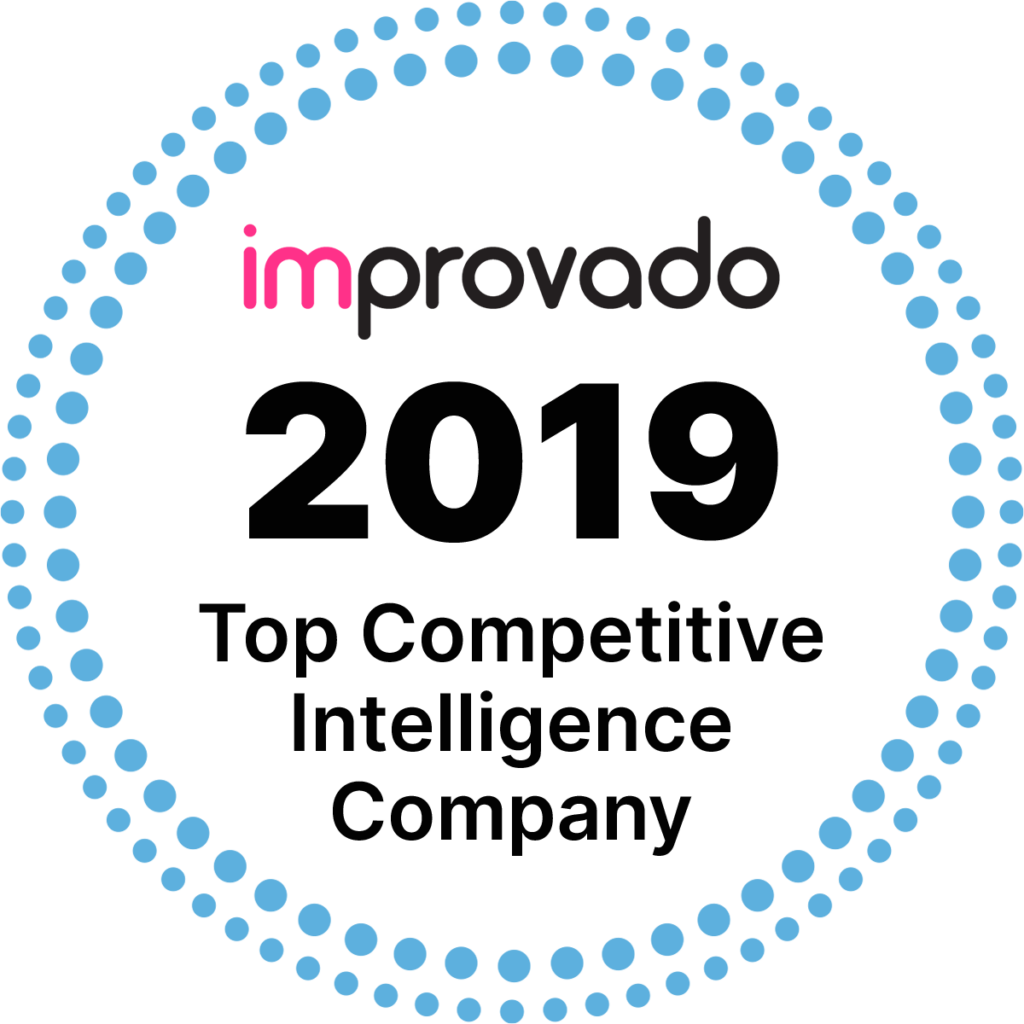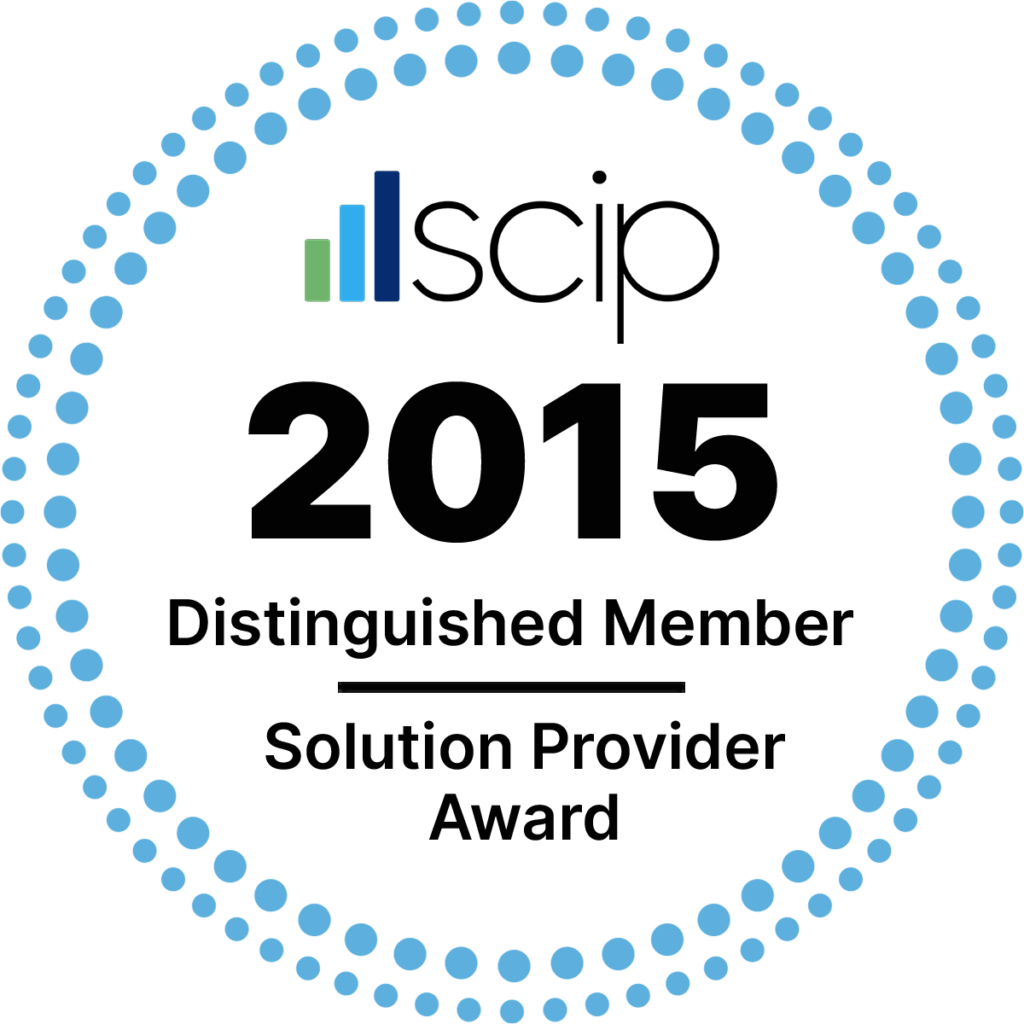Published: August 7, 2018
While customers may still reign supreme in today’s marketplace, businesses may be overlooking another fundamental truth that could be thwarting them from achieving essential customer insights.
Here’s the real story:
Know your customers. While customer-centricity is still considered standard practice for most businesses, it’s getting even more intense as technology, big data, and ecommerce have shortened the distance from supplier to the consumer. During the last five years and likely well into the next 10 years, learning the customer from top to bottom and improving that interaction will continue to be a central focus of most organizations’ business functions. This leads to almost instantaneous interaction capability.
While you’re at it, know your competition’s customers too. We’re also noticing growing interest in discovering how competitors interact with customers as well what customers think of these interactions. In this scenario, most competitive intelligence studies focus on understanding the threats and opportunities that organizations can leverage to inform and prioritize investments.
These challenges are persuading today’s decision-makers to ask competitive intelligence professionals to incorporate Voice of Customer (VOC) assessments as part of a more incisive, rigorous research process. In fact, many organizations consider VOC assessments to be a mandatory table stake as part of a larger competitive landscape discussion. Why? Because VOC research functions tell a much more comprehensive story, adding nuance and dimension to a customer-centric theme that leadership now views as a crucial element to future competitiveness and growth.
Including VOC insights requires a little different thinking and often a different research approach, but once that foundation is set, including VOC in a client’s toolset becomes a simple matter of execution. Let’s walk through some of VOC’s fundamentals and pitfalls and how to leverage this solution internally.
Step 1: Add Customer Perspective into Projects
First, add value by including customer perspective into research engagements and scopes of work. Although VOC often needs external research support, internal organization functions may already have the insight—or at least the perspective—you are seeking on a given topic. A key rule is to build on what has already been established.
Next, start executing small VOC assessments to augment a research topic, or include questions about customer perceptions as part of an outsourced CI engagement. Determine your research approach based on informational priorities and required validation. For light topics, or to simply capture a general awareness, a handful of CI interviews that discuss customer perceptions can be enough. However, if the focus requires more evidence or larger decisions are at stake, a more formalized approach is recommended.
Step 2: Set up a Survey for Success
Here are a few tips on setting up effective VOC assessments, which can dramatically enhance competitive intelligence topics and promote more confidence overall in making the right calls based on your decision support system:
- Have clear objective and keep focused: This rule is similar to competitive and market intelligence assessments. While it’s tempting to add nice-to-know questions unrelated to a questionnaire, these can distract from the goal and increase survey length (which often increases survey complexity and the size of the investment).
- Keep the quota smaller and focused: Known as “small batch surveys,” targeted endeavors don’t require huge research engagements involving hundreds of interviews. The goal—again, like competitive intelligence—is to achieve accurate perspective. Surveys comprising 20–50 interviews can be highly effective for most requests. The segmentation of the data largely dictates the number of interviews, so limit the number of buckets, for example, large customers/small customers, East Coast/Midwest/West Coast, or three to four types of customers. When designing a quota, think buckets of 10 or 15 interviews per bucket.
- Leverage methodologies that pair to the objective: There are three types of VOC approaches – online surveys, phone research, and focus groups/panels. Each have their own value and impact. Most organizations for VOC projects connected to CI seek phone interviews (an adaptive, moderate investment that’s detail oriented) as the primary methodology.
- Focus ideally on open-ended questions: VOC is supposed to tell a story and/or add perspective. Many traditional surveys focus on numeric outputs and analysis, which can be helpful in some respects. It’s the qualitative details, however, that provide the richness and the “whys” to the story of the customer. Focus questions in this direction—you’ll achieve much stronger deliverables when pairing with competitive insights.
- Design a survey to be 30 minutes in length: For studies that are largely qualitative in nature – 10 to 15 questions will easily generate a 30-minute study. Limiting the survey to 30 minutes avoids respondent fatigue, in which respondents are more focused on getting off the phone versus providing rich and honest feedback. Surveys beyond 45 minutes increase both rejection rates and mid-survey terminations, burn through available sources, and drive investment costs up while jeopardizing the completion of the assessment. Leverage your provider to help create the survey, as most experts can design a questionnaire in a short period of time.
Step 3: Avoid Pitfalls
VOC assessments can widen a CI function’s capabilities substantially but require focus to avoid hazards:
- Don’t make VOC a surprise – communicate plan and methodology early: Build internal consensus and buy-in among leadership on the value of achieving customer insights before including VOC in your project’s scope. With successful projects, you can introduce a new capability, again with that critical buy-in. Some companies are sensitive to who is contacted and how.
- Avoid stepping on toes – include other teams where possible: Within the “customer insights” milieu, always include those functions where prudent, and create cross-functional groups whenever possible. Many organizations focus their customer insight functions only on their own organization and customer perceptions, leaving out the competitive perspective. This negates the value competitive intelligence can bring.
- Beware of online surveys – cheap rarely equals good: Online surveys are cheap and can be fast – but often don’t lead to depth or good storytelling. Online surveys can help enhance qualitative studies—leveraging a high volume of data to validate perceptions—but are rarely useful in providing a complete story on their own. In many cases, online surveys can lead to more questions if used as a stand-alone instrument. For projects that require depth, detail, and strong evidence, choose phone interviews.
- As with CI, manage expectations regarding methodology and “statistically validated”: One of the most common questions involves whether a project is statistically validated. Some may be, many are not. In most cases this costly approach is not necessary, and ROI is hard to achieve when hundreds of in-depth interviews are required. Presenting a VOC as “perspective” with stakeholders should help address this challenge. The key is the quota and making sure that there are at least 10 to 15 interviews per bucket. As long as care was taken to speak with high-value sources and those sources are evenly spread out – concerns about validity should be minimal.
With these rules in mind, VOC engagements can add a wealth of insight to a competitive intelligence topic. In most significant engagements, bringing perspective from the market, competitors, and customers has even become even more essential in telling an effective story. Bringing these learnings to the table with a competitive spin will further enhance the value of the function and output.



